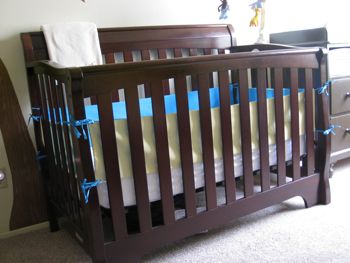
I've gone back and forth about putting a crib bumper in our baby's crib. I know a lot of parents who swear by them and claim that they keep their baby from bumping its head on the hard wood of the crib or sticking arms and legs between the slats. Experts say that if the crib bumper is too thick, babies can get pressed up against it and have difficulty breathing, increasing the risk of SIDS. Bumpers left on too long can end up serving as a hoisting agent for toddlers anxious to climb out of bed.
Ultimately, Nate and I decided it's all about timing. Initially, our baby is going to be in a cradle next to our bed and isn't even going to use the crib for a few months, so we can use a crib bumper simply for decorative purposes during that time. Beyond that, we'll play it by ear – but we did make sure to make a crib bumper with thin batting so it's very breathable, just in case.
How to Make a Crib Bumper
Thin batting
Thin, breathable fabric in two complimentary colors
Sewing machine
Needles and thread, ideally in a color complimentary to the fabric
Iron
Measure the length and width of your crib (mine was 51 1/2″ long and 27 1/2″ wide). Height doesn't matter because we're going to cut all pieces to 11″ high. This height seems to be about average for a crib bumper.
Cut batting in the exact width and length of the crib (I cut 2 pieces of batting to 51 1/2″ x 11″ and 2 pieces of batting to 27 1/2″ x 11″).
Add 1/2″ to all measurements and cut 2 pieces of each color in these measurements (I cut 2 blue pieces and 2 yellow pieces to 52″ x 11″ and 2 blue pieces and 2 yellow pieces to 28″ x 11″).
For all four sides of the crib bumper, pin the batting to the corresponding fabric layers with the fabric layers on bottom. You'll notice that the batting is 1/2″ shorter than the fabric layers. This is intentional to leave a 1/2″ seam on one end, which you will slip-stitch later.
For each of the crib bumper's four pieces, sew three sides with 1/4″ seams. Leave open the end where the fabric is 1/2″ longer than the batting.
Fold the 1/2″ seams in opposite directions (one over the batting and one underneath itself) and iron flat.
Turn each piece inside out.
Pin the opposite-colored seams together.
Slip-stitch the opposite-colored seams together.
Cut 16 strips in one of the fabric colors to 1″ x 23″. These will be the ties that attach each crib bumper piece to the crib.
Fold down both ends of each tie 1/4″ and iron flat.
Sew the flattened ends.
Fold the sides of each tie into the center and iron flat.
Fold each tie in half length-wise and iron again.
Sew each tie with the smallest seam your sewing machine will allow.
Stitch ties onto the corners of each of the crib bumper pieces.
Tie each piece onto the crib. Voila! While it's important to be aware of the expert opinions, it's best to use your own judgment about what works best for your family. What works for one child doesn't necessarily work for another, so you should keep an eye on your baby and be aware of when he or she may be too old for crib bumpers and might start using them to hoist him or herself out of the crib. If nothing else, crib bumpers complete the look of the nursery during the period when the baby is still sleeping in a cradle or bassinet.
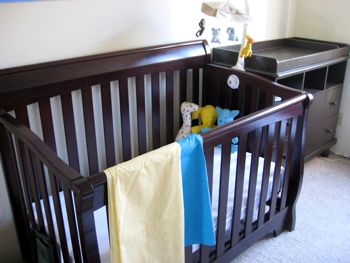
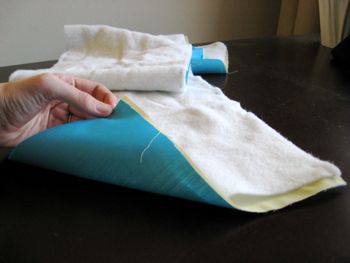
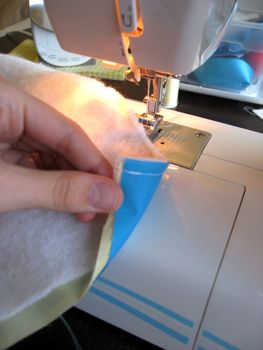
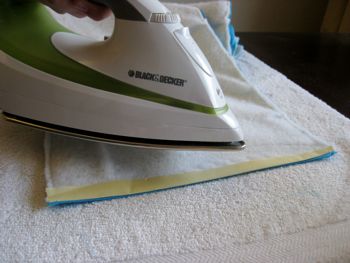
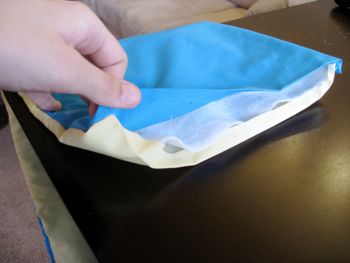
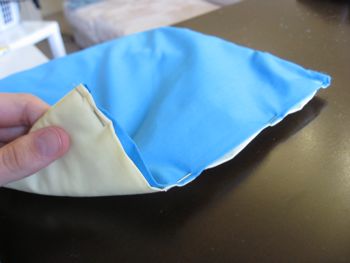
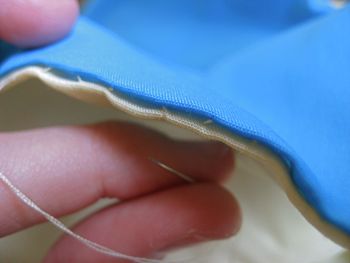
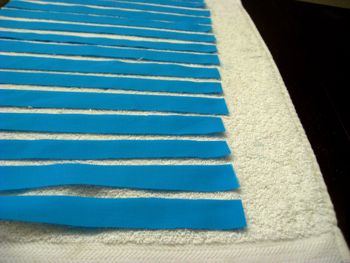
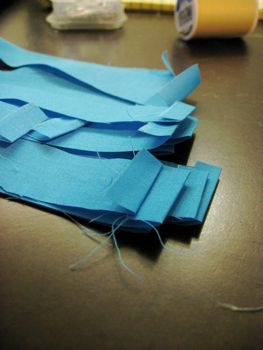
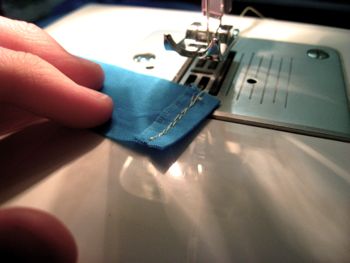
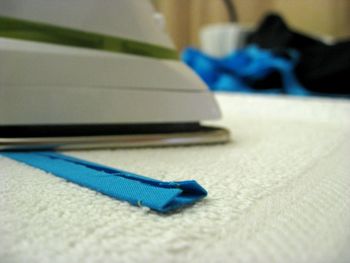
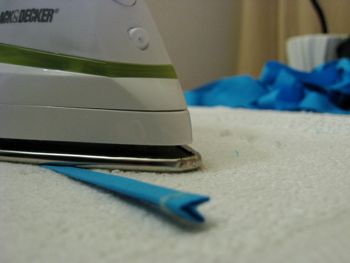
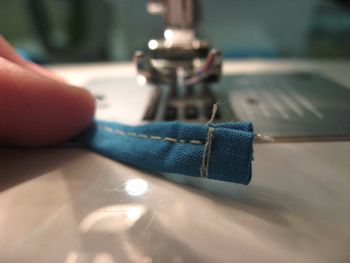
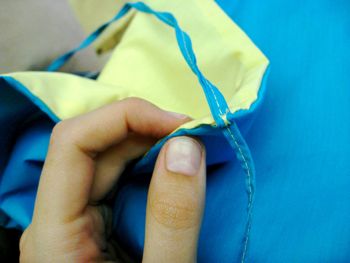
Aww it’s so cute!
Thanks for sharing the information.. The way you explained it is very nice and I am glad I visited here and come to know about it..
Nursery Furniture
I really like your detailed descriptions, pictures, and easy to follow directions. I will be attempting this soon. Thanks!
Where did you get the breathable fabric and what did it cost?
I used Fairfield’s Poly-Fil multipurpose polyester quilt batting. It’s a nice lightweight material and they sell it in Walmart’s fabric section (I believe it’s also available on Amazon).
Thank you for the easy directions!! I had some pattern, that seemed so complicated, I wondered how could a bumper be this difficult!?? So I googled and came across your simple basic bumper!! THANK YOU!!!
I’m so glad it worked for you, Holly! I know, I found some really complicated patterns in the process of trying to create my bumper and decided I could do it much more easily on my own. Glad to be of help to others!
Thank you so much for this information, I made my first crib set for my niece and it came out perfectly!! 🙂 I love when people share their information with others!! 🙂
Yay! I’m so glad it was helpful for you. This was my very first sewing tutorial!